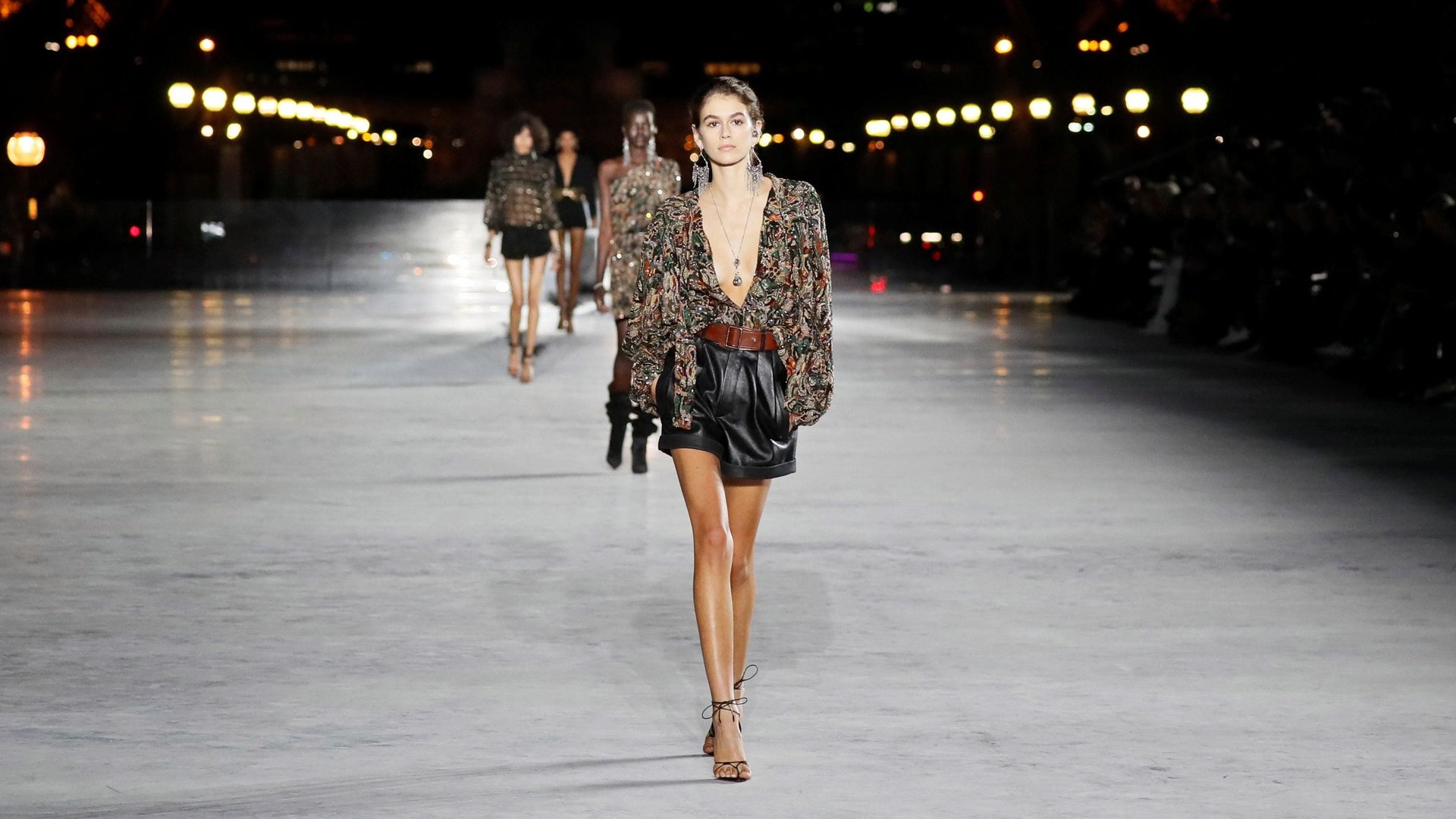Even Vogue thinks it’s time fashion stopped casting adolescent models
Fashion companies have been casting girls in very adult campaigns for decades—see 15-year-old Brooke Shields for Calvin Klein way back in 1980. But they’re finally starting to publicly consider whether it’s ethical to do so.


Fashion companies have been casting girls in very adult campaigns for decades—see 15-year-old Brooke Shields for Calvin Klein way back in 1980. But they’re finally starting to publicly consider whether it’s ethical to do so.
Models are often under pressure to maintain unhealthy weights to do their jobs. Many of them—both female and male—endure sexual harassment, including sexual coercion and being asked without notice to pose nude. All of this is awful enough for an adult, but even more problematic when we’re talking about an adolescent who may not have a parent present on a shoot—not to mention that whole question of whether anyone should be using such young models to represent adults, at times in sexually suggestive poses or situations, at all. Yet it’s only become more common since Shields’s controversial campaign to see models in their early and mid-teens used for runways, ads, and editorials.
A number of major players in the fashion industry are raising the question of how young is too young to be a fashion model—now including Vogue. In a story from its September issue, fashion’s preeminent glossy discusses the problems young models face, and why it’s time the industry set a standard of 18 and older.
It would represent a big change for fashion, when so many models, including famous names like Naomi Campbell, started their careers well before 18. It’s also a big shift for Vogue itself. The writer of the Vogue story, Maya Singer, acknowledges that the magazine helped to normalize the use of young models:
Vogue, along with a number of other publications, has played a role in making it routine for children—since that’s what they are—to be dressed and marketed as glamorous adults. When Brooke Shields, then fourteen, graced the February 1980 cover of Vogue, she was an outlier. Since then, models in their mid-teens have appeared in many of our fashion editorials. No more: It’s not right for us, it’s not right for our readers, and it’s not right for the young models competing to appear in these pages. While we can’t rewrite the past, we can commit to a better future.
Vogue’s publisher, Condé Nast, has recently implemented its own 18-and-up policy, after the onslaught of #MeToo revelations led it to create a new global vendor code of conduct. The policy includes provisions to make sure models are working in safe environments and stipulates that no model younger than 18 will be shot for editorials, unless the person is the subject of an article, “in which case the model will be both chaperoned and styled in an age-appropriate manner.” As Refinery 29 points out, it means covers like Vogue Italia’s for July, featuring 16-year-old model Kaia Gerber, won’t be an option anymore.
Vogue has the support of groups including Model Alliance, an organization that advocates for fair treatment of models, and the Council of Fashion Designers of America (CFDA), the governing body of fashion in the US. Steven Kolb, CFDA’s president, said the group wants to see models given more time to mature, so that “they feel safe and in charge in the workplace.”
That’s a solid start. Now Vogue and its allies just have to convince the rest of the global industry.